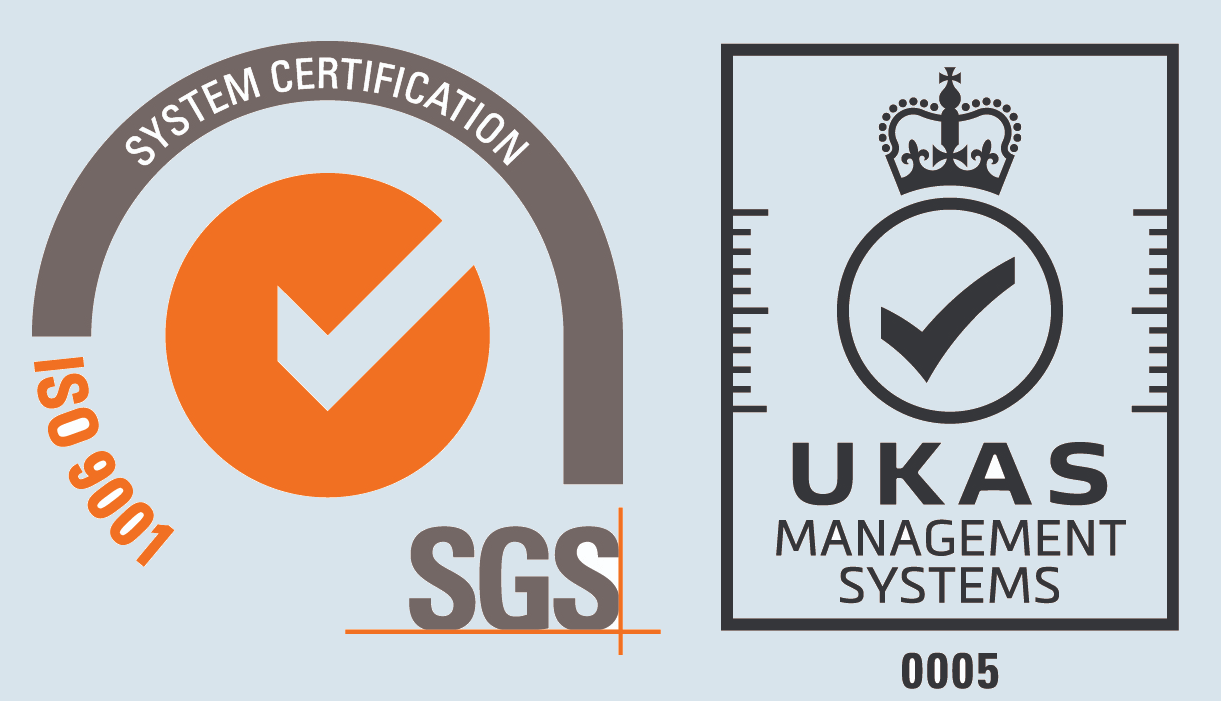
Copper Metal Glossary
SAE600, SAE
The US Society of Automobile Engineers -the body that develops standards and specifications for the U.S. motor industry. The value and applicability of SAE standards is widely appreciated and they are now used in other industries and countries. For example, Cast Leaded Gunmetal to specification SAE660 is popular in the UK.
Season Cracking
So called because it was first observed, in the rainy season in India, on deep drawn 70/30 brass cartridge cases that had been stored in horse stables where the atmosphere contained Ammonia.
Related terms: Stress Corrosion
Smelting
A stage in the extraction of Copper from its ores. The ore concentrate is melted, with a flux, in a reverberatory furnace to produce Copper Matte, a mixture of Copper and Iron Sulphides that contains 30% to 40% Copper.
Related terms: Copper Matte, Matte
Solid Solution
If alloying elements are retained in the lattice of the parent metal instead of forming a different phase they are said to be in solid solution. Alloys which that are multi-phase at room temperature can usually be made single phase by heating to a suitable temperature below the melting point, by holding at this temperature, then quenching in water, oil or cold air. The alloying element(s) have been taken into solid solution by the heating and retained there by the rapid cooling. They can be precipitated out by heating again, to a lower temperature, a process called ageing. The two stages are a useful heat treatment cycle for many alloys including Beryllium Copper.
Stamping Brass, Hot Stamping Brass
CW617N / CZ122 Brass formulated to be most suitable for hot stamping.
Stress Corrosion
Stress Corrosion is the rapid and often abrupt failure of a normally ductile metal or alloy caused by residual or other stresses in the work-piece and in the presence of specific corroding agents. It is temperature dependent. Alpha Brasses are susceptible in atmospheres that contain Ammonia. The effect can be mitigated to some extent by a stress relieving heat treatment but, if the service conditions pose any risk of stress corrosion, an alternative alloy such as Aluminium Bronze is preferred.
How can we help?
Contact us today to see how Capalex can help
solve your challenges.
 Capital Aluminium Extrusions Limited
Capital Aluminium Extrusions Limited
Cleator Moor, Cumbria,
CA25 5QB, UNITED KINGDOM.
